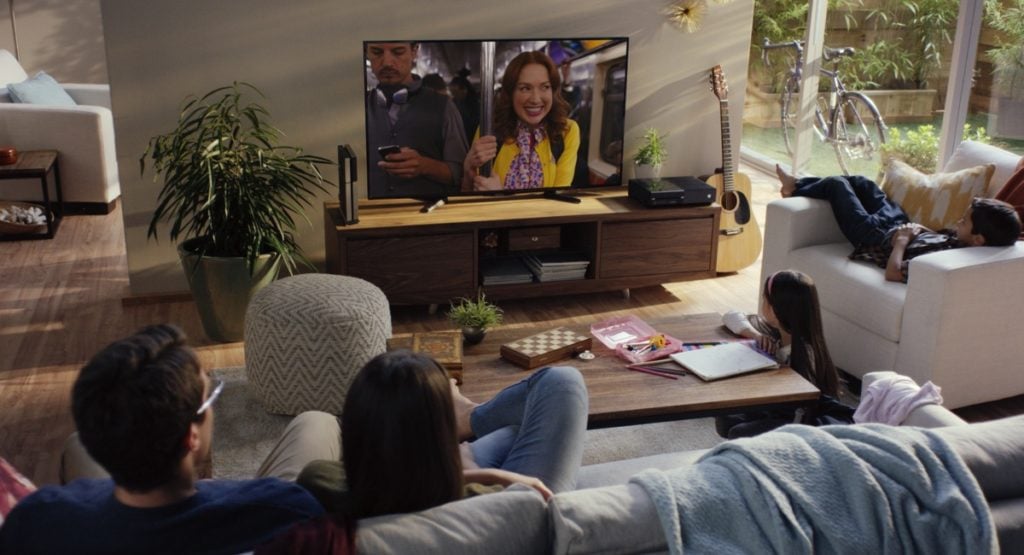Netflix introduced its ad-tier subscription model in November, giving consumers the option of a cheaper monthly fee – but with ads played before and during shows and films.
At $6.99 a month, ‘Basic with Ads‘ will feature four to five ads at 15 or 30 seconds in length for every hour of viewing and is $4 cheaper than the ‘Basic’ offering at $10.99.
The new offering also allows media buyers to reach a wider diverse audience who are increasingly turning to alternatives for entertainment.
Mediaweek spoke with media buyers to get their thoughts on the new ad tier, what it means to them, and their predictions for the streaming service in the year ahead.
Media buyers on Netflix’s new ad-supported tier
Justin Ladmore, managing director at Enigma Media, shared that as an everyday viewer, he was not keen on the idea.
“Opening up their world to the sugar hit of paid advertising brings Netflix down into the weeds. I thought they should think long-term, stick to their guns, and focus on quality content and a great user experience.
“Have faith in your content, and the numbers will come back,” he added.

Justin Ladmore
From a media buyer perspective, Ladmore said he was excited as it would mean access to ad inventory within quality video content.
“Bring it on! These paid models have been proven to work, and I’m confident it will do the job they want it to, which is to slow the churn and introduce new viewers to trial,” he said.
Ladmore noted that partnering Netflix’s decision to partner with Microsoft was the right move.
“Media buyers are simple folk. We like the data and tech to be integrated, formats to be standardised, and measurement to be consistent across all of the video platforms we buy across. Microsoft and the Xandr platform will make life easier and have it all consistent with our other video buys,” he explained.
“They are also telling us frequency capping is a big focus for them which is great news. This is so viewers don’t see the same ad over and over again, which has been a big frustration for BVOD viewers in Australia,” he added.
Sarah Keith, group managing director at Involved Media, said that with Netflix’s monthly reach to 12.8 million Australians, the move to sell ads significantly adds to the pool of inventory in the AVOD market.
“Netflix has shows with a high level of talkability in which clients have never previously need able to advertise. However, Netflix has a unique relationship with many of its customers, particularly early adopters and younger audiences.”
Keith explained that for many teenagers and young adults, Netflix was a loved constant amid the pandemic. The move to sell ads may seem like a betrayal when they see their first pre-roll ad.
Andrew Murray, UM’s head of trading, said: “We anticipated a slow uptake of consumers moving to the new Netflix ad-supporter tier, which is what eventuated; however, this is expected to grow as we move into 2023.”
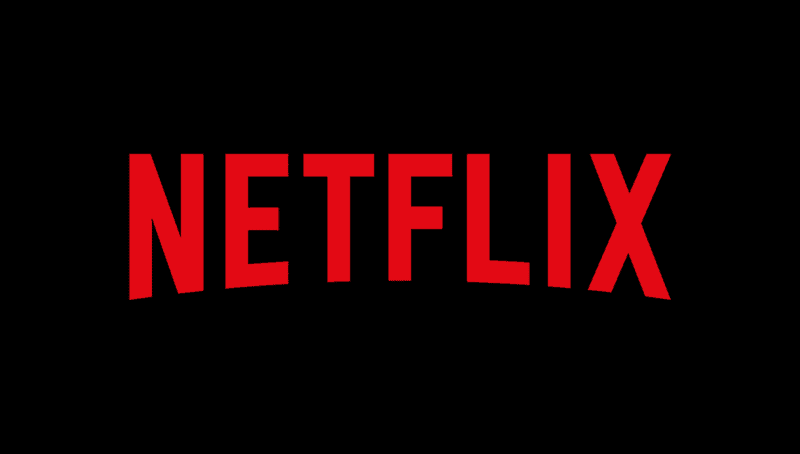
Mark Duffy, Starcom Australia’s national head of digital and solutions, called the decision to introduce an ad tier “a win-win for customers, brands, advertisers and Netflix.”
“On one side, Netflix customers have the option to pay a lower monthly fee when we are experiencing economic pressures on household budgets and discretionary income.
“On the other side, brands and advertisers have a new channel to reach an engaged target audience in a fixed inventory market that is experiencing saturation and inflation on CTV and linear TV,” he noted.
Duffy added: “For Netflix, whilst experiencing a post-covid plateau and a drop in subscriptions globally, the ad-supported tier enables them to compete with other AVOD streaming providers on a lower price point whilst creating a new revenue stream through monetising their premium content through advertising revenue.”
Robert Ong, AdUnion’s media director, said the ad tier is a welcome addition to the existing stable of BVOD/AVOD/SVOD services currently available in Australia.
“Over the years, a growing cohort of people were becoming increasingly hard to reach as they exclusively watched ad-free subscription TV, and up until now, it has been difficult for marketers to directly reach this audience,” he said.
“With Netflix (as well as Binge and Disney) coming out with ad-supported tiers – this gives marketers the ability to finally address this audience,” Ong added.
Will Netflix continue to have a special place on our devices?
Despite the platform reporting a loss of almost 1.2 million subscribers in the first half of this year and the plethora of streaming services available to consumers, all the media buyers agreed that Netflix still has an influential place on people’s devices.
Ladmore said that Netflix will continue to be the “leader of the pack by a long way.”
“With increased competition, churn was always going to be an issue, and this lower cost model should help that and ensure the money keeps rolling in to keep producing and buying more quality content. That has to be a good thing,” he added.
Keith said that Netflix is the original streaming platform that won audiences’ attention with quality content such as House of Cards, The Crown, Stranger Things and Bridgerton.
Keith also noted that it is among the world’s most trusted brands and has the most to lose in terms of viewer perception and brand than any other SVOD. She added: “I reckon they will get it right!”

Sarah Keith
For Duffy, Netflix will always have a space in the video ecosystem thanks to its premium content slate, 6.4 million Australian subscribers, and its commitment to making the new model a success.
“Given the abundance of streaming services in the market now, our view is that video is the premium format for reach and brand building – and with more AVOD being introduced, it represents new opportunities for our clients,” he said.
“We have seen more full-funnel measurement tools substantiating video’s advertising effectiveness such as incremental reach, brand lift, sales lift, footfall attribution and, of course, the now-common measurement currency of attention.”
Duffy noted that Netflix’s scale, lower price point and effectiveness of video advertising show the streamer will continue to have a key role in the media landscape.
Murray concurred that Netflix will continue to lead in the SVOD space, highlighting its exclusive content, which will ensure its long-term future.
“They will, however, need to navigate a more competitive SVOD and AVOD market in Australia in the future, so continuation of this exclusive content will be key to Netflix’s continued success,” he pointed out.
Ong said that despite the recent setbacks this year, Netflix will remain one of the few dominant global streaming players.
“They have had two bad quarters, but as of writing, are still up year-on-year in 2022,” he noted. “A lot of noise was made of the loss in subscribers, but looking in context, Netflix still has more subscribers than any other individual service globally.”
“Further, given their market position, operating profitability, and sustained extensive content slate – I see Netflix as a fixture in the streaming space into the foreseeable future,” Ong added.
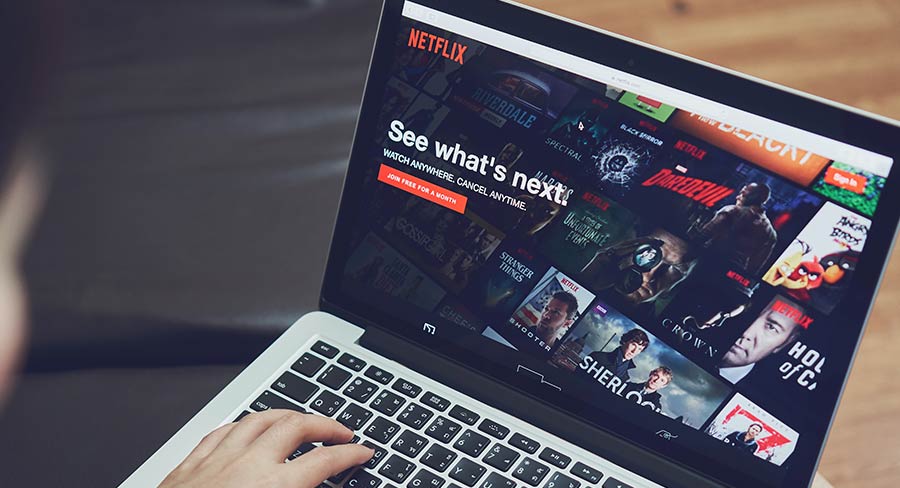
The long-term future of Netflix’s ad-supported tier
Looking at the long-term future of Netflix’s Basic with Ads offering, Keith said that there will need to be clear differentiation, communication about the available tiers, and a robust user experience.
“That is, ads inserted in sympathetic spots and no double spotting (the mistakes some other services are making!),” she added.
Murray said it will be a fine balance the streaming service will need to manage with Microsoft and Xandr’s advertising sales team carefully.
“While consumers have sacrificed an ad-free service for a lower subscription cost, they have been used to a platform with zero ads, so overloading it to pull in revenue will start to make it a negative experience for consumers.
“Through its low ad load, Netflix must still deliver a premium experience for its ad-supported model – it will be important this remains the case to maintain customer loyalty,” he added.

Andrew Murray
Duffy said the model will be successful in the long term. “As it evolves in the future, further opportunities open will up for advertisers,” he noted.
“There looks to be a focus on the consumer experience on the launch, with a limited ad load of four minutes per hour compared to 16 minutes per hour from other platforms,” Duffy said.
Ong said he was surprised it took a while for Netflix to accept the ad-supported model but that with the move, it will be here to stay. He noted that the focus is testing and learning, but over time, the user base on the ad-supported tier will grow from two areas.
“Firstly, people who don’t yet have Netflix and are attracted to the lower entry price point and secondly, those who will be victims of Netflix’s slow and cautious crack down on account sharing,” he said.
“As this audience grows, so too will ad revenue, which streaming companies will come to rely on,” Ong added.
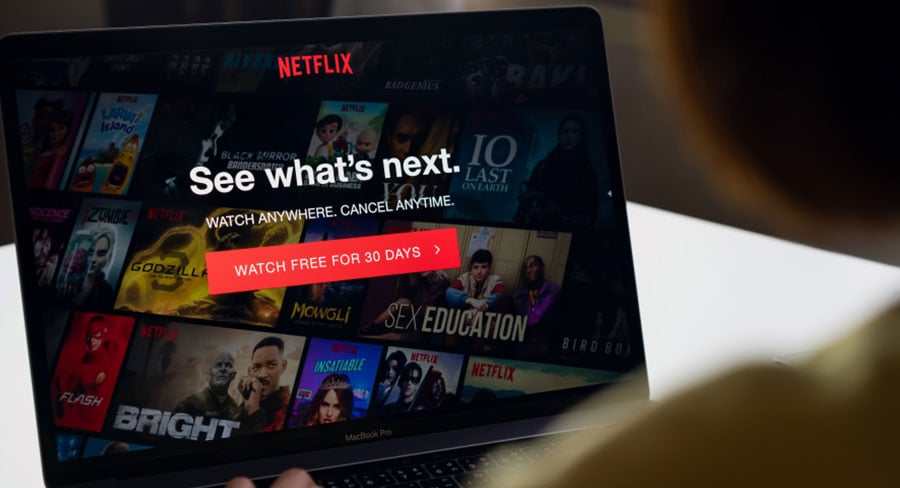
The advertiser’s appetite for the ad-tier offering
Ladmore shared that Enigma Media’s clients are excited by the offering. He said: “It’s early days, and the subscriber base will take a little while to build, so targeting options are limited.”
“It will skew younger but will be a great complimentary channel to linear TV buys as these low-cost subscribers won’t be watching much free-to-air, so it will be a great way to build reach,” he said.
“Smarter, more holistic buying is a must for agencies in 2023 across linear TV and VOD,” Ladmore added.
For Involved Media, Keith said: “Once we can see that it’s a good consumer experience, then there is an opportunity to buy in, as long as Netflix is clear about its demographics and targeting opportunities.”
Duffy noted that the appetite is strong, and there is plenty of buzz in the market. He said that brands and advertisers are excited about a premium channel for their brand to reach in a premium space with high reach and effectiveness.
“Like all new channels, there’s definitely excitement to be an early adopter with the first-to-market prestige,” he said.
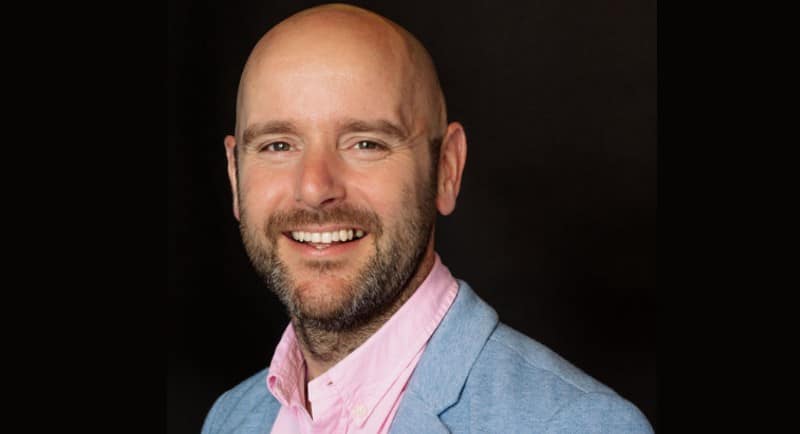
Mark Duffy
Duffy said Starcom Australia’s approach at this stage is to “test and learn”. He added that while it is hard to predict budgets at this stage, Netflix is starting with a cautious user acceptance testing approach by fixing ads to four minutes per hour with 15 seconds and 30 seconds.
“But as the Netflix roadmap continues and gathers pace, ad effectiveness proven, more measurement partners added, and more formats added, then buyers’ budgets will surely increase,” he added.
Murray said there has been a strong appetite from UM’s clients because of the exclusive and premium platform that Netflix delivers. He also noted that there will be a test-and-learn approach over the launch period to the first half of 2023.
“Understanding more about the audience and the effectiveness of the Netflix platform before it reaches critical mass will be key to ensure high uptake,” Murray added.
For AdUnion, Ong said advertisers are looking forward to accessing this hard-to-reach audience in a premium, big-screen environment where advertisers can build their brand.
“Ad budgets will ultimately align with a platform’s share,” Ong said. “Given Netflix started from a base of zero just last month, combined with the fact they (understandably) aren’t pushing this tier and are taking a cautious approach in cracking down on account sharing, I don’t see any significant budget shifting to Netflix in the near term.”

Predictions for Netflix and its advertising in the year ahead
Looking ahead at Netflix’s advertising, Ladmore said that targeting is basic, with low subscriber numbers for the lower-cost model. “Very similar to when Spotify and TikTok ads launched,” he pointed out.
“As they scale over the next 12 months, more defined targeting will be available and more contextually targeted options following specific content or genres, which as media buyers, we love doing,” he said.
Keith noted that how well the advertising does is linked to the results it delivers for clients.
“If Netflix delivers a seamless consumer experience that delivers strong audiences, then it will become a valuable source of eyeballs previously thought lost behind a paywall.”
Murray said Netflix’s ad tier delivers a great content experience for advertisers to be involved in. He added: “however it will come down to the proven delivery of the platform and the effectiveness to drive clients’ business outcomes to justify the premium cost associated.”
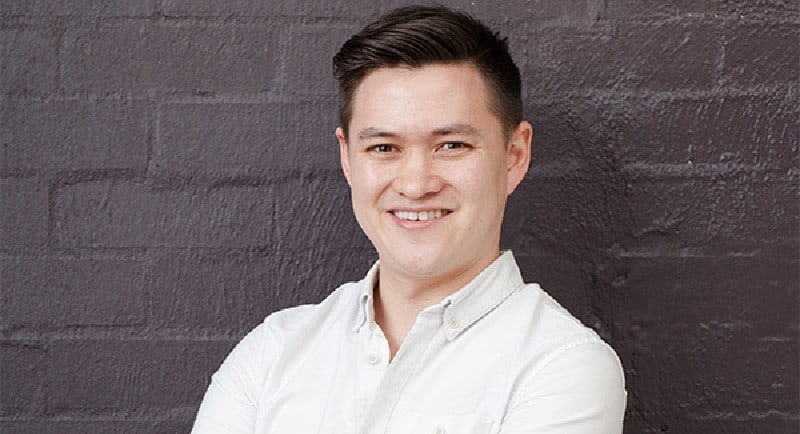
Robert Ong
Duffy said that from a budget perspective, Netflix will win a share of the video budget.
From a technology perspective, he said things will become interesting when Netflix and Microsoft Xandr connect the streamer’s rich data ecosystem with programmatic buying capabilities, dynamic ad placements, and personalisation and expand into shoppable formats – and potentially off-platform into ad networks.
“This will present an operational model that will make the buying of Netflix inventory more accessible for agencies and brands through their programmatic trading teams,” he said.
Duffy forecasted a big appetite for content sponsorships, in-show advertising, and potential for branded content opportunities at a local market level with co-funded original content production.
“It could become a self-perpetuating model that can scale original Australian content, added to an already impressive content slate that increases the subscription base and opens up even more opportunity for advertisers,” he added.
Meanwhile, Ong anticipates continued growth for Netflix’s subscriber base but at a slower rate than previously.
“The ad-supported tier will slowly but steadily grow. I don’t expect it to exceed 10% of total users in the next 12 months,” he said, adding: “Ad revenue won’t make any meaningful contribution until at least 2024.”
–
Top image, left to right: Justin Ladmore, Sarah Keith, Andrew Murray, Mark Duffy and Robert Ong
